Oscar-nominated Flee’s director on creating the gay animated documentary
Jonas Poher Rasmussen chats to Attitude about the process of making the triple Oscar-nominated animated film.
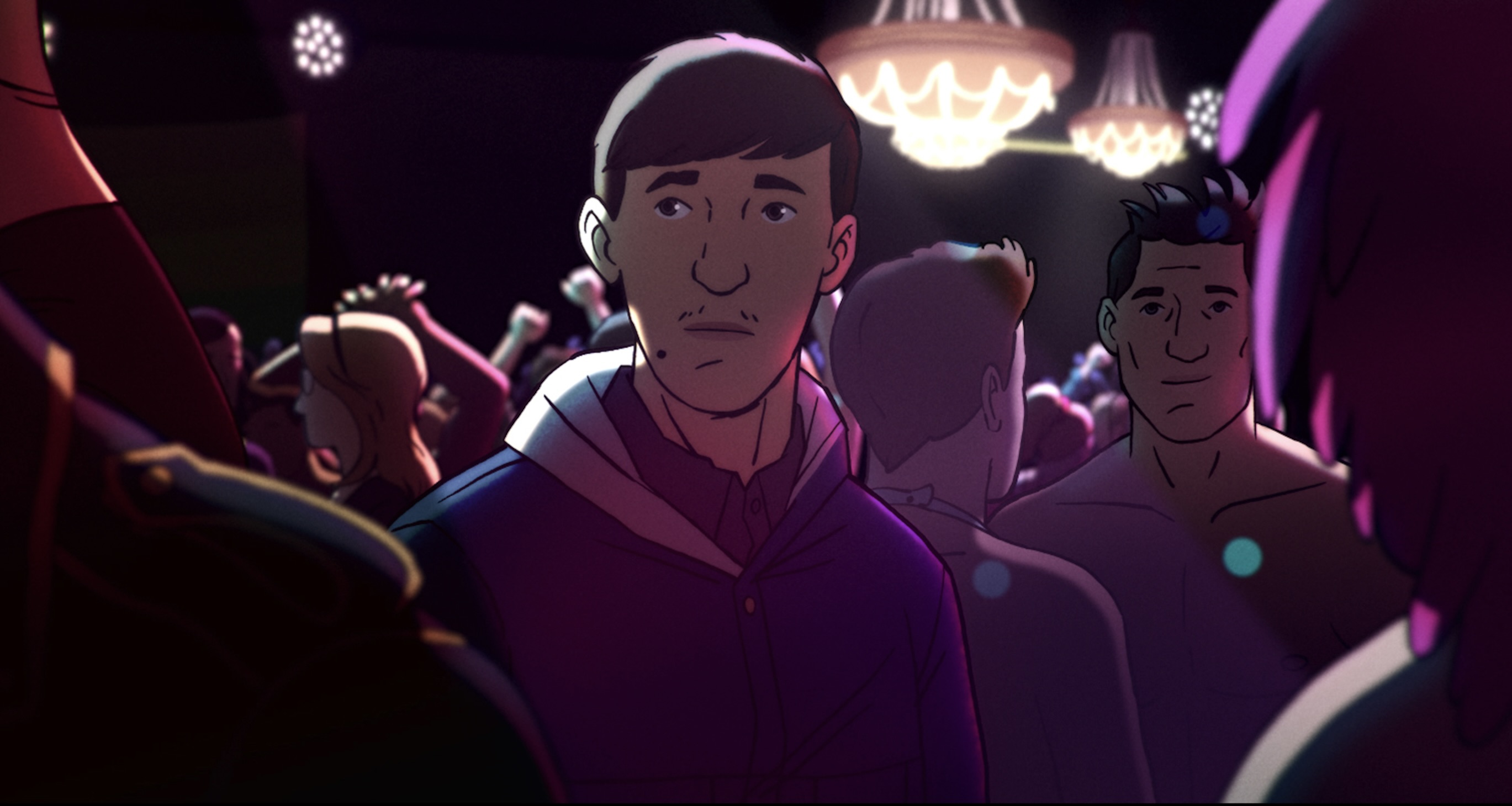
Words: Alastair James; pictures: Curzon, Neon and Morten Larsen
The animated documentary film, Flee, is available in cinemas from today.
Flee tells the story of Amin, who fled from war-torn Afghanistan in the 1980s and eventually ended up in Denmark. Told in gripping animation the story cuts between his happy early days in Afghanistan, the perilous and treacherous journey to join his family in Sweden via Moscow, and modern-day Amin as he house-hunts with his fiancé, Kasper.
Amin, a false name, tells his story to his childhood friend, the film’s director, Jonas Poher Rasmussen. It’s an emotional retelling of a personal story that puts a very human face on a broader issue, refugees.
The film won the Grand Jury Prize after premiering at the 2021 Sundance Film Festival, and has since picked up a BIFA, and a European Film Award. It’s also been shortlisted at the 2022 BAFTA Awards for Best Documentary and Best Animated film categories.
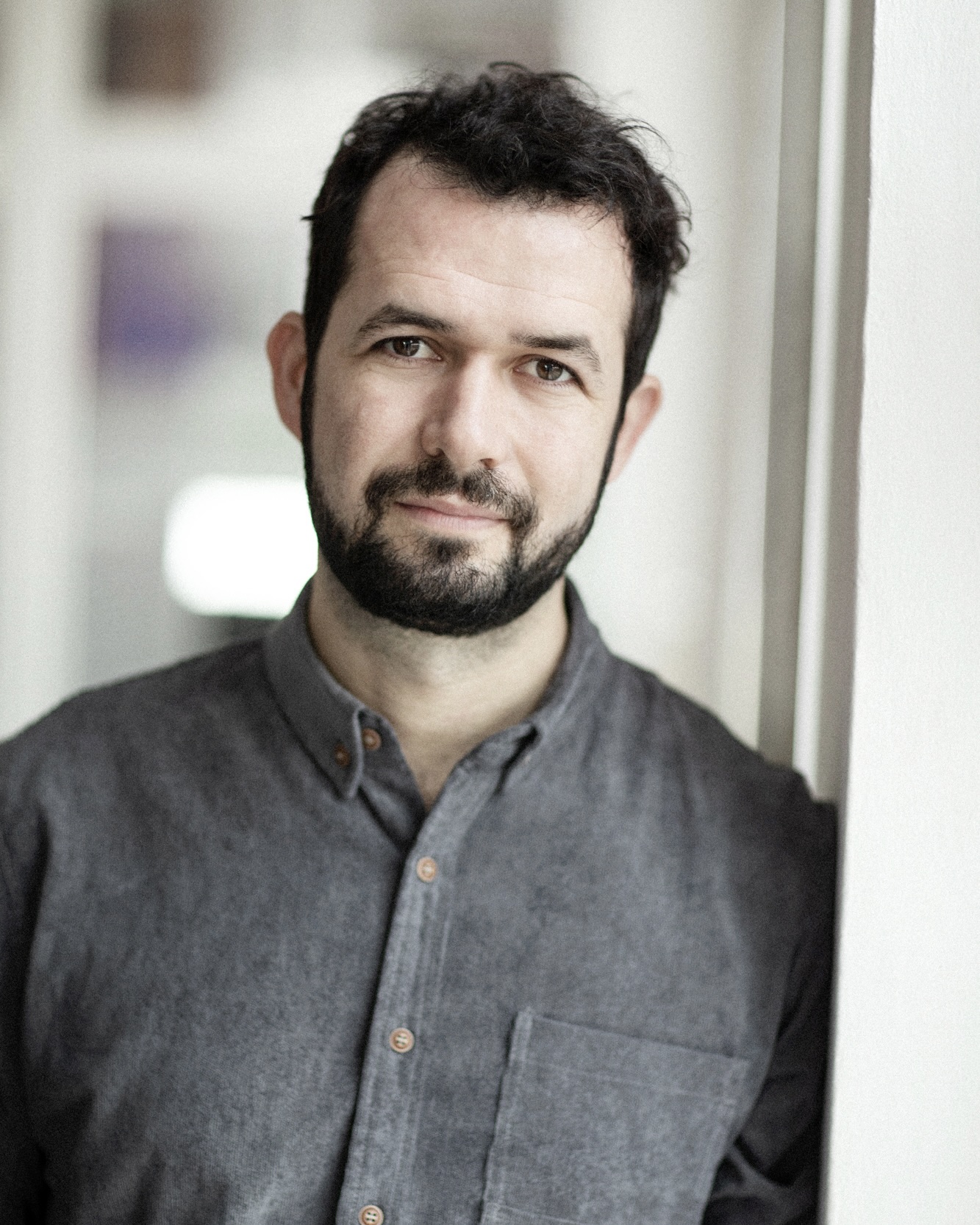
Jonas Poher Rasmussen (Photo: Morten Larsen)
After making history earlier this week as the first film to be nominated for Oscars in the Best Animated Feature, Best Documentary, and Best International Film categories, the film’s director sat down to talk to Attitude about the film from his home in Copenhagen.
Congratulations on the Oscar nominations. How do you feel?
I don’t know to be honest… This has been a bit of a tsunami to be in the middle of, but it’s amazing. It really is. I’ve worked on this project for many years; it started out with just being a conversation between two friends. And the project grew and grew. All of a sudden, here we are. I’m really happy that Amin’s story seems to be resonating with people. And I know he is too.
How long has it been since those initial discussions with Amin?
I’ve always been fundamentally curious about how and why he came here. I grew up in this very small Danish village. He arrived from Afghanistan when I was 15 and he was 16 and we became friends. And I was curious about how and why he came but he didn’t want to talk about it. Of course, I respected that, and being 15 years old we just moved on.
But his story was always kind of this black box in our friendship. And then 15 years ago, I asked him if I could do a radio documentary about his story. He didn’t feel ready but he knew that he would have to tell his story at some point. And when he would be ready, he would like to share it with me. So I had it in the back of my head that this was something we could do together at some point.
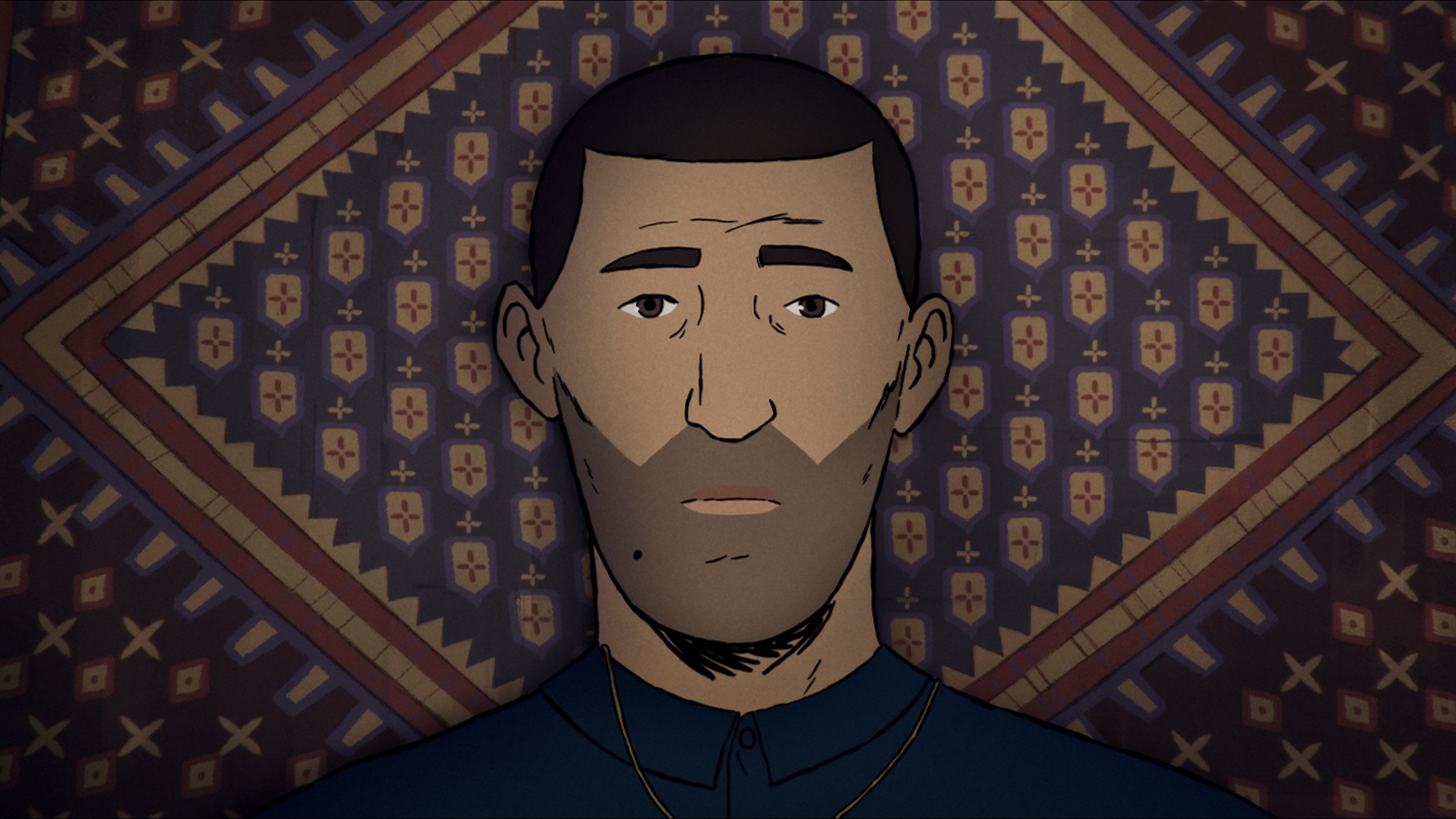
Amin in Flee (Photo: Curzon)
But then years passed. I was invited to this workshop in Denmark called Ani-Docs, where they invite animators and documentary filmmakers to develop ideas for animated documentaries. They asked me if I had an idea for something and I thought this was a good way to tell the story.
I asked Amin if he would be willing to do it and he was really intrigued by the fact that he could be anonymous behind animation. What you hear in the film is his real voice telling this story for the first time. And these experiences he went through aren’t easy for him to talk about. So the fact that he didn’t have to be in the public eye was what enabled him to start opening up. It was really key because he could kind of keep control. I don’t think he would have done it otherwise.
What’s Amin’s response been?
He’s really happy about it. I think he was really concerned if people would be able to relate to his story. He’s kind of double marginalised being both a refugee and being gay. So I think the fact that people who are neither can still relate to it and really take it in means a lot. Amin didn’t have a lot of stories that he could relate to growing up. So the fact that he’s able to give his story and give people with similar experiences a story where they can feel represented means a lot to him.
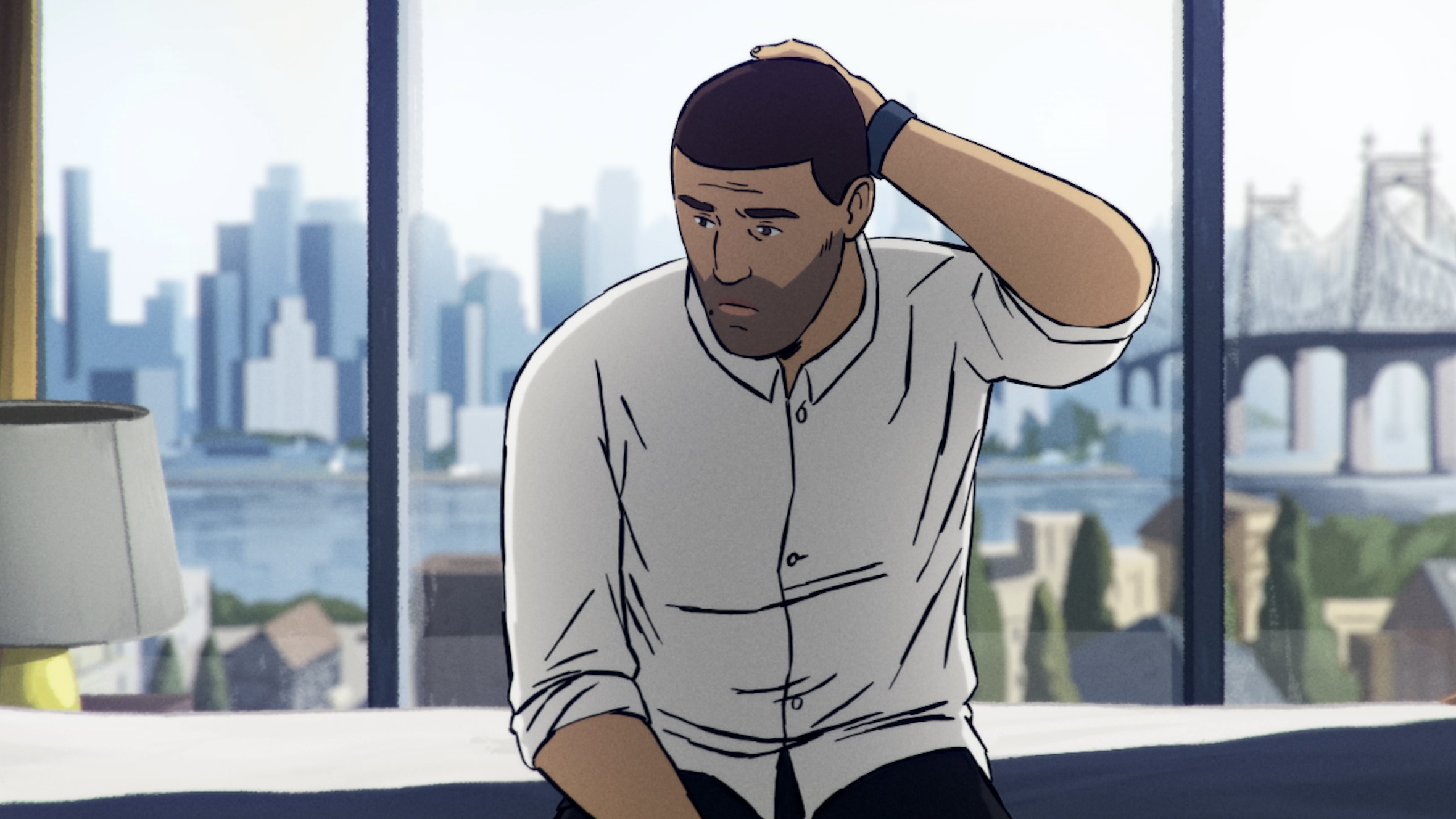
Amin in Flee (Photo: Curzon)
What was it like having known Amin for so long to finally hear that story?
It was very moving. It really hit me how many things he’s carried around all these years, and how much it has affected him in everything he’s done since. And also, of course, it brought us closer. Keeping secrets you always keep people at a certain distance because you’re afraid of getting exposed. So, all of a sudden, this black box I mentioned before was gone. You can sense that he’s calmer.
Was the aim of the film to say anything about a broader context regarding refugees?
The genesis of this film is the friendship and our relationship. This really comes from a fundamental curiosity about Amin’s story, and his wanting to share. And that became very symbiotic.
In the process of making the film, we started in 2013, and then in 2015, the refugee crisis hit Europe and all of a sudden we had Syrian refugees on the highways all over Europe and Denmark as well.
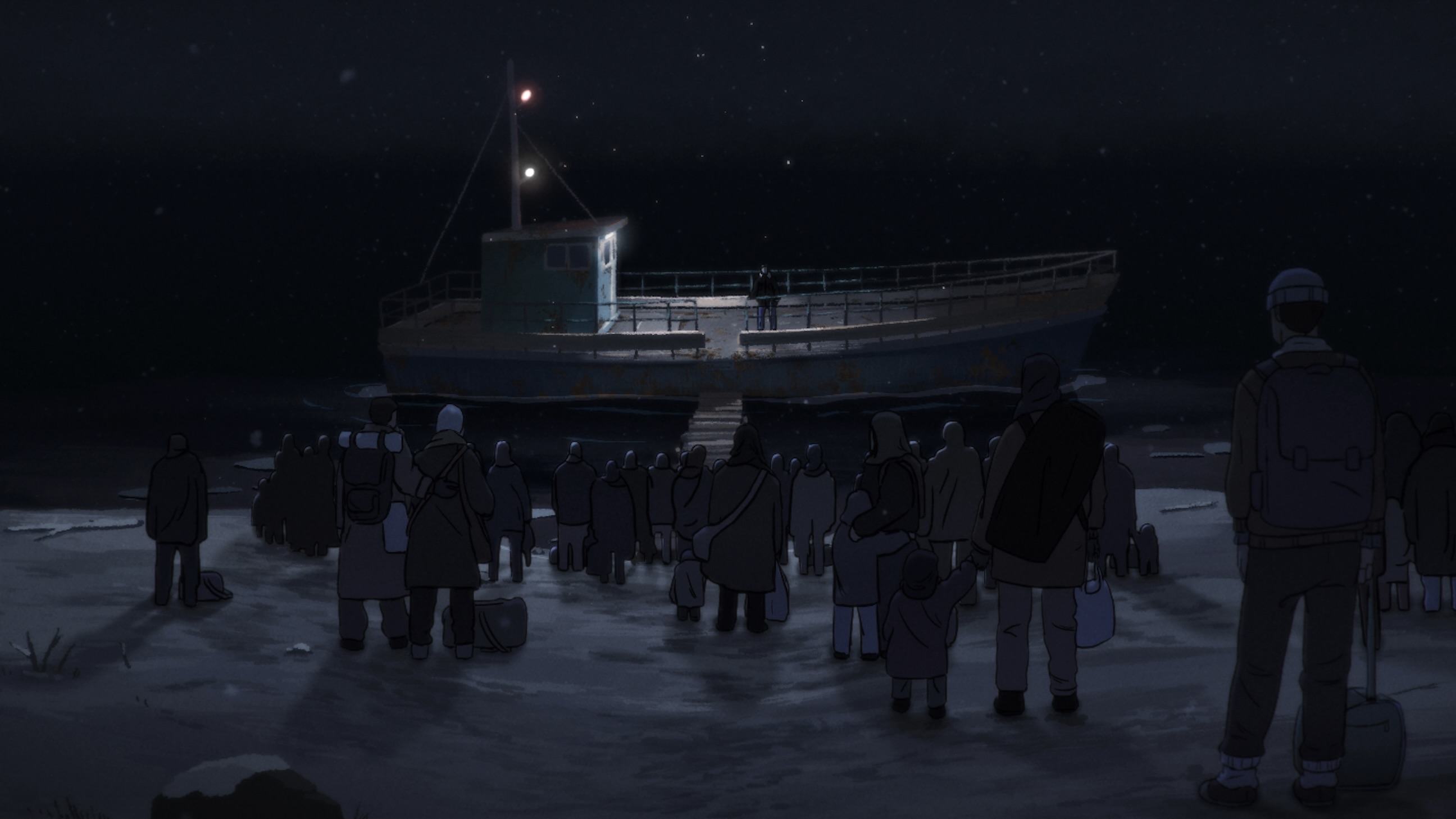
Flee tells the story of Amin, a gay Afghan fleeing Afghanistan (Photo: Curzon)
I felt the need to give these people a human face and I thought because this story is told from the inside of a friendship and happened more than 20 years ago that we were able to give both some perspective and some nuance to the refugee story.
Often refugees are just described as being refugees, by someone needing something. But being a refugee is not an identity. And I can see that in Amin because we’ve been friends for so long. Yes, he was a refugee, he’s not anymore. It’s a life circumstance that he went through. And then he came out on the other side and was able to start building a life for himself.
How did Amin find the experience of sharing his story?
I know that he had prepared himself for a long time to do it because there was this disconnect between his past and present. He really felt the need to be honest. When I did the first interview with him he said he didn’t care if the film is made or not. It was about him sharing the story. So it really meant a lot for him to just be able to talk about these things.
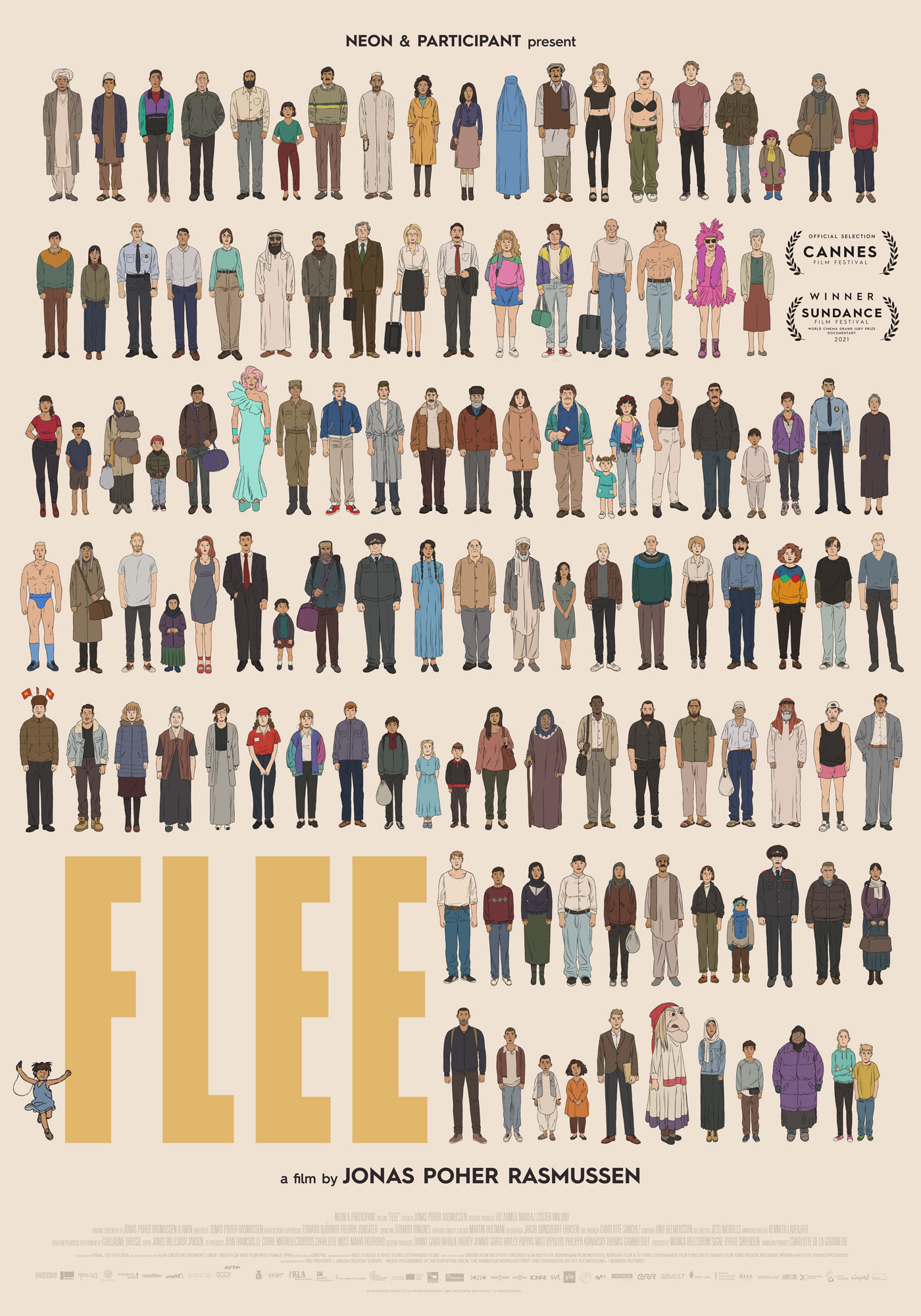
Flee (Photo: Neon)
Have you found your relationship between the two of you has changed as a result of this?
We definitely became closer making the film and I understand better what Amin went through and how it affected him. Neither of us had expected to be where we are with the story now so sometimes we just need to check-in and see how we both feel. He’s really happy about it.
Can you tell us a bit more about the interview process?
This thing about Amin laying down and having his eyes closed and talking in the present tense is significant because when you don’t have an image you need your subject to be very descriptive in how they talk. So, I brought that in from my experiences with radio. Whenever Amin started diving into a memory, I would always ask him about the location and to be really descriptive. This would give us a lot of detail that we could use in the animation, but also it would also bring him back to the specific situation. And he would kind of relive it and remember things he had otherwise forgotten.
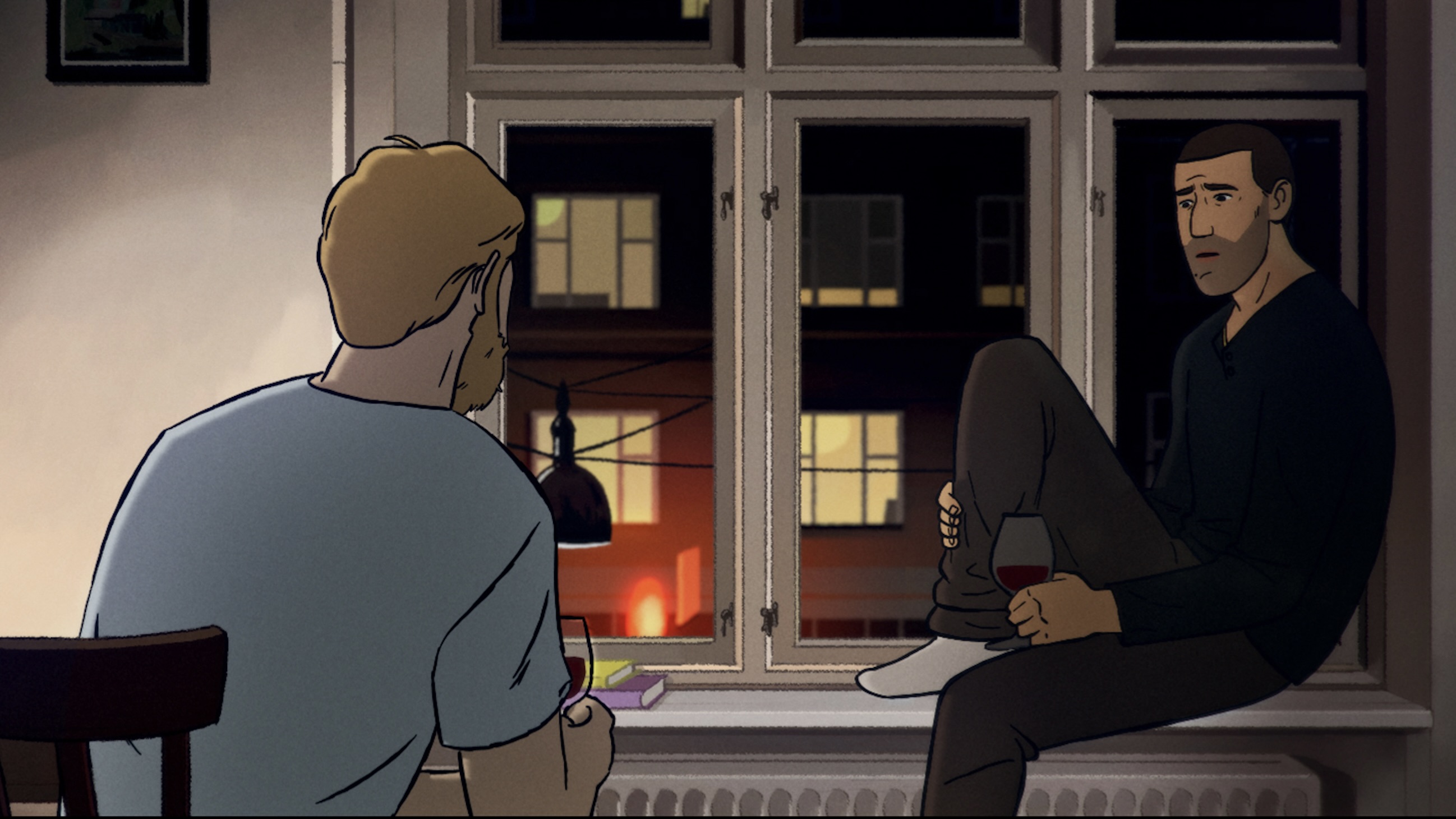
Jonas and Amin in Flee (Photo: Curzon)
We recorded everything between 2015 and 2019 over three or four years. In the beginning, we agreed that we were just trying it out and that he could walk away if he felt like it. I really wanted to make sure that he felt comfortable sharing his story because he had carried it around for 20 years. It was all done at my place, just the two of us. I recorded everything on video as well so we had a reference for the animators of his gestures and facial expressions to make it authentic and honest.
In regard to the animation, is that something that you’ve worked on before?
No, this is my first animated film. So it was quite a steep learning curve. It was really hard to finance. We went around different kinds of forums and pitched the idea and people saw the budget and said it would never happen.
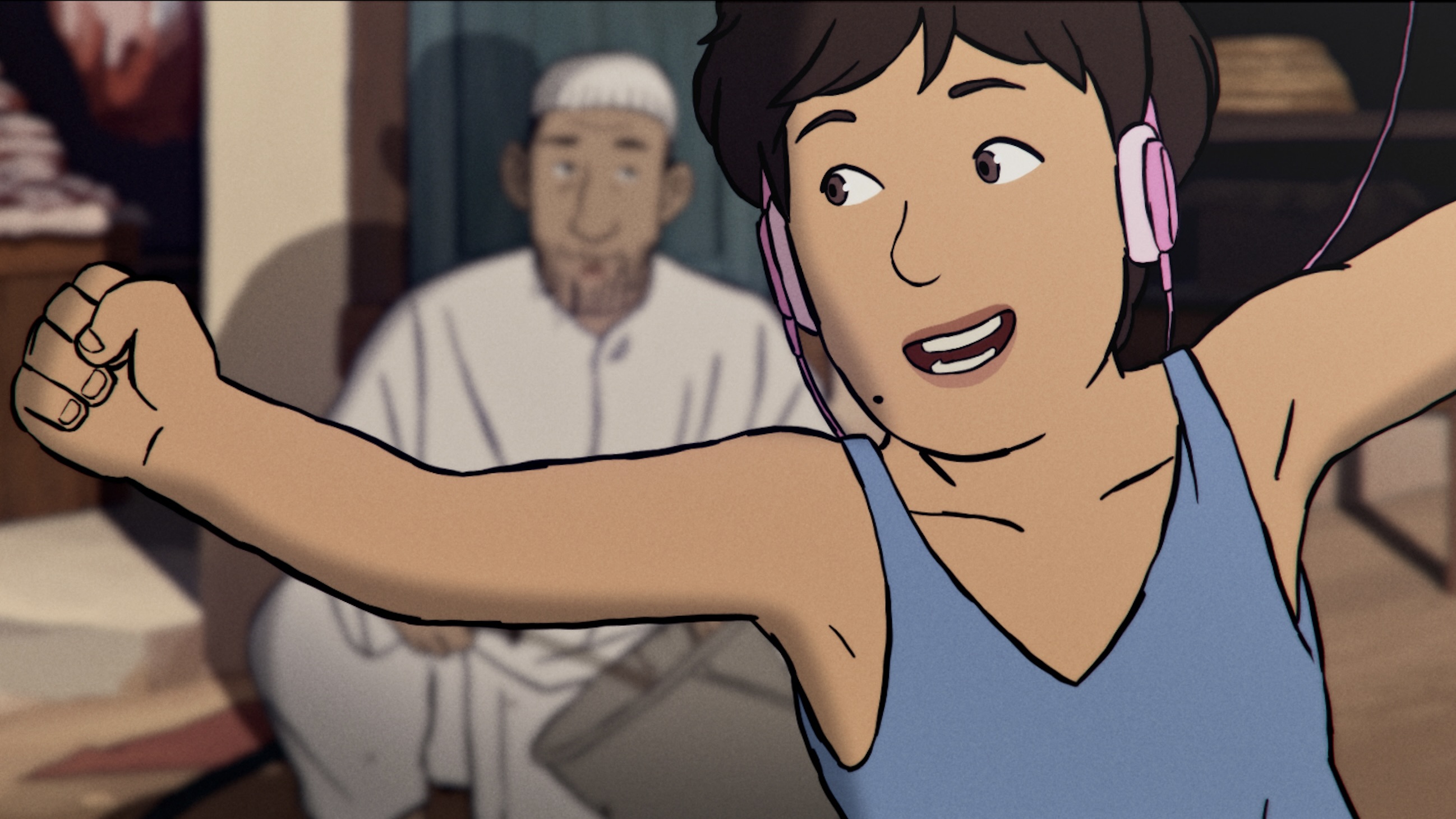
A young Amin in Afghanistan in Flee (Photo: Curzon)
Was there a particular reason behind the style of animation and its changing between the happy moments and the more nightmarish elements?
It really came from Amin’s testimony and from his way of talking. We asked him to draw old maps of how things looked. A lot is based on research, archival footage, and photos from the time. But then when Amin started to talk about his traumas or things he had a hard time remembering he became more incoherent, he slowed down or sometimes even stopped.
You could tell in his voice that it wasn’t about what happened, it was about emotion. The testimony was always key and the animation was to support that.
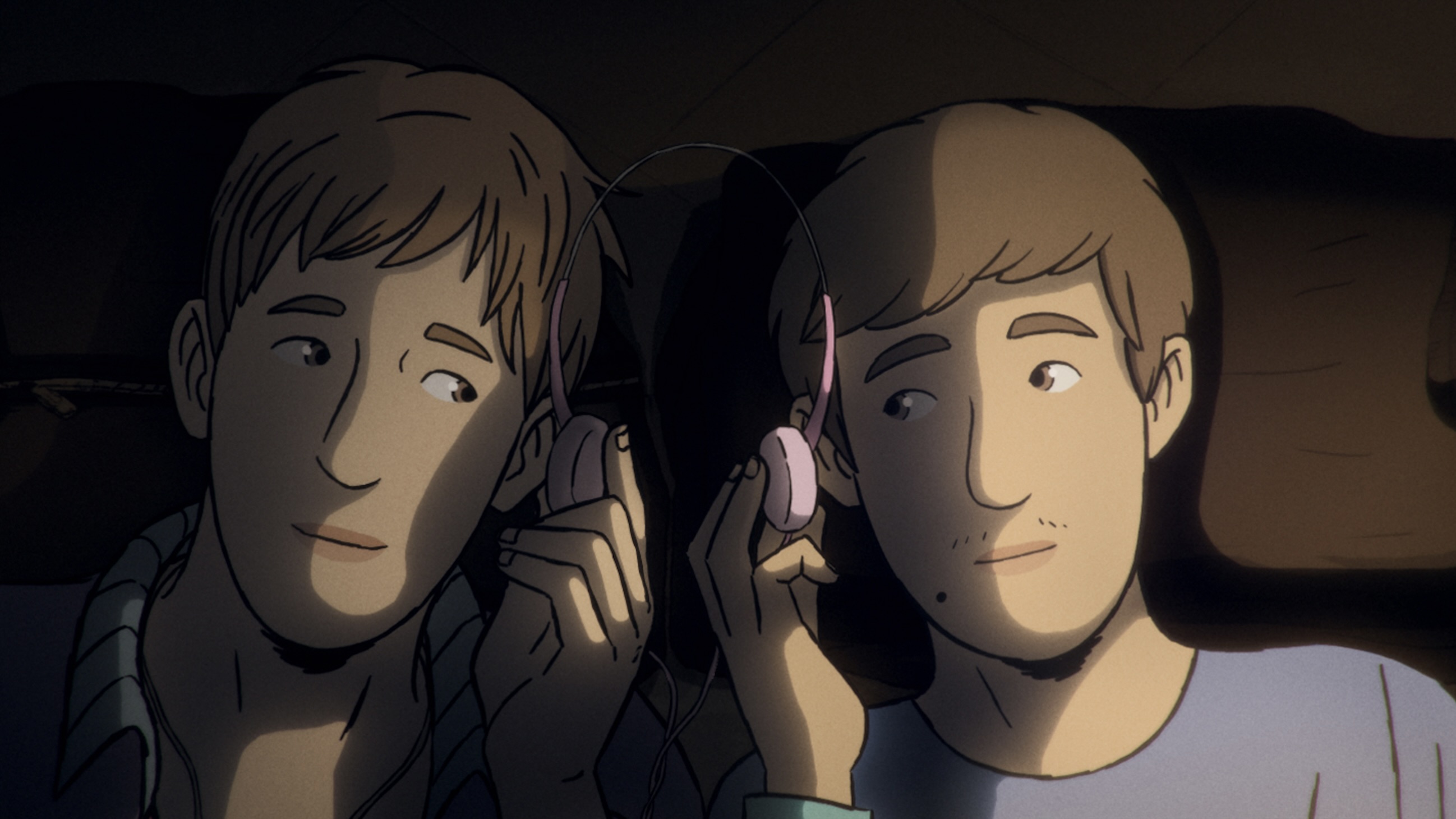
Amin and another being smuggled in Flee (Photo: Curzon)
Was it liberating working in animation or more challenging?
I think it was a bit of both. It was liberating because we could be really precise in building sequences, but it took a lot of work to figure out how we represent this in the best way possible whereas normally shooting a documentary there are limitations sometimes as to what you can get, which can be nice.
With animation, everything was possible. But in the end, it was really amazing to have the possibilities of being so precise and to get exactly what we wanted.
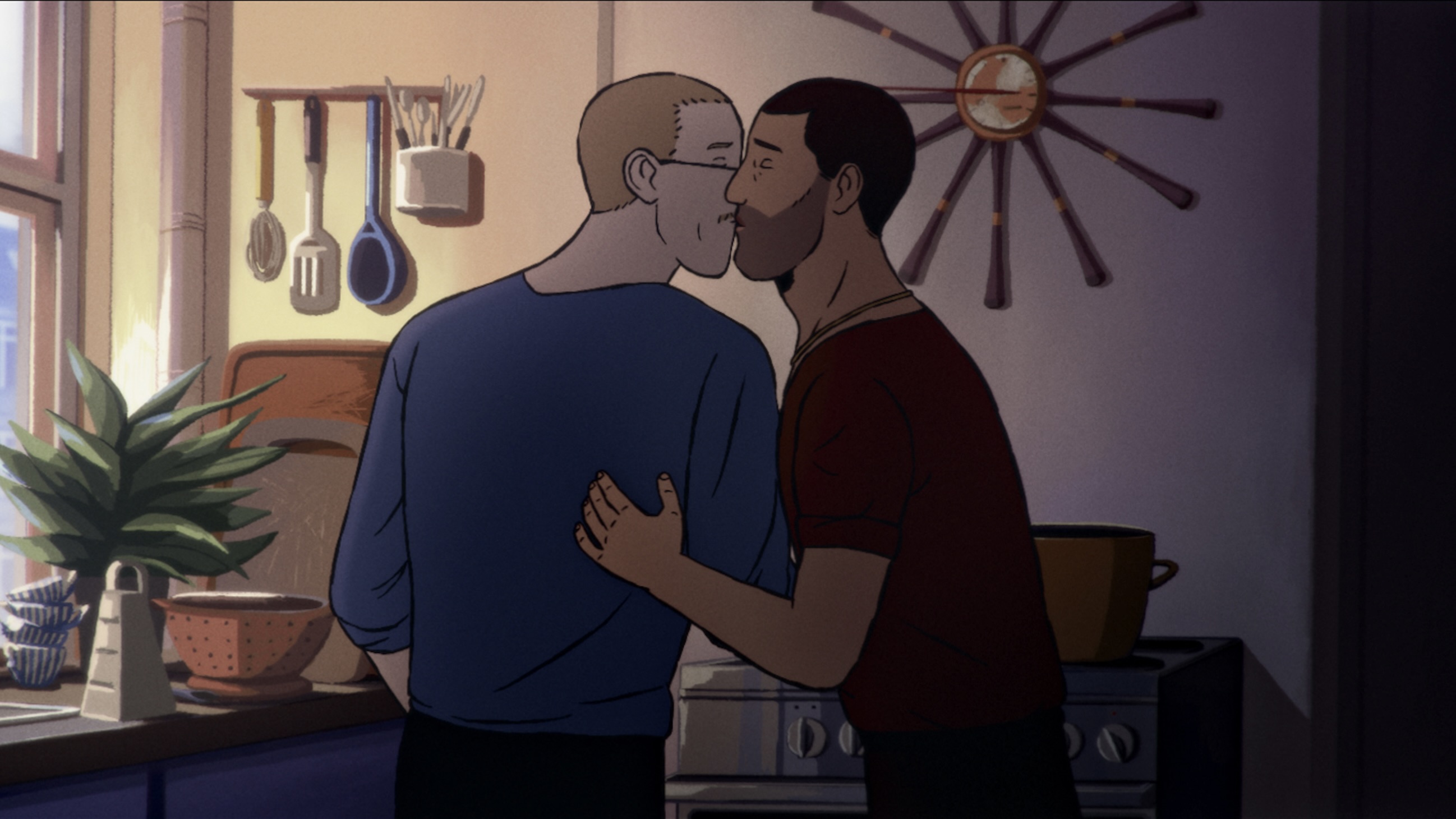
Kasper and Amin in Flee (Photo: Curzon)
What do you want audiences to take away from Flee?
I think making films truly opens up worlds that you don’t know and hopefully, you make people identify with people that they wouldn’t normally identify with. So to give a human face to someone who’s a gay Afghan refugee, hopefully, people will see while most circumstances in life are very different they can still be very alike.
For me, it’s about creating relatability and showing how healing it is to share stories and to have someone listen. And with the Oscars, now a broader audience gets to see it. So, it’s amazing.
Flee is in UK Cinemas now and on Curzon Home Video.
